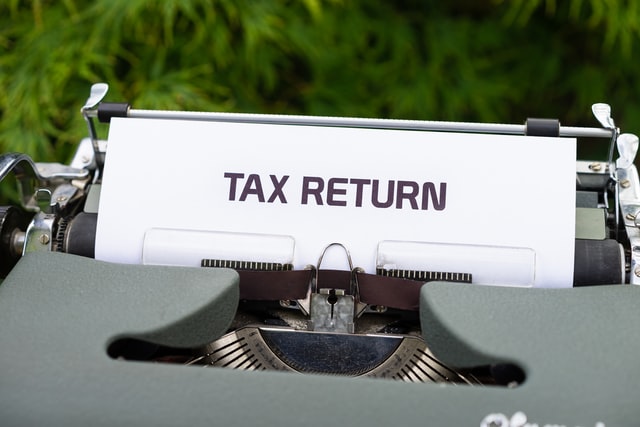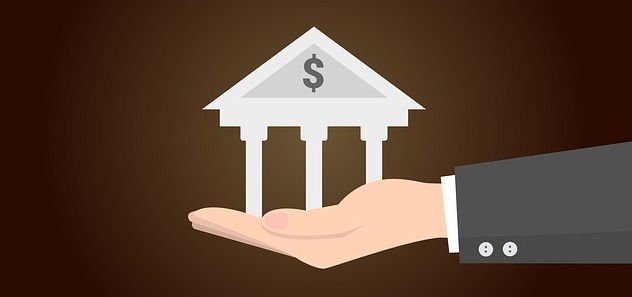We are all facing unprecedented times, and especially business owners. Here at Saddock Financial Partners, we recognize that many members of our business community have taken a hit due to the financial effects of the coronavirus pandemic. Even with the Paycheck Protection Program and the CARES relief act, things will never be the same for business owners.
The COVID-19 crisis has impacted small and even mid-size business owners’ ability to meet payroll, afford office space and business supplies, and effectively serve their clients. Sadly, the effect of these impacts ripples through all members of the community.
Fortunately, many financial lenders have recognized these effects. There is a wide variety of loans available for small business owners, and many at highly desirable interest rates. In this post we will discuss various business loans, coronavirus aid relief efforts, government-coordinated relief, paycheck protection program and more.
Many municipalities and local governmental organizations have developed their own plans for COVID-related lending. We will review examples of some of these programs in this post and in the next one as well. If the city lending programs discussed don’t necessarily apply to your business, chances are there is something similar that does. We encourage you to reach out to your local governmental organization for information on the relief packages they may be offering in light of this pandemic.
Coronavirus Aid, Relief, and Economic Security (CARES) Act
By far the largest coordinated effort on the COVID-19 loan front is the CARES Act, signed into law by President Trump on March 27, 2020. As the largest stimulus package in modern American history, the CARES Act has many provisions for getting coronavirus relief funds to Americans.
What is most relevant to small business owners, though, is the $350 billion allocated by the CARES Act for emergency loans for small businesses hit hard by this pandemic. In short, this small business emergency loan program offers 100% federally guaranteed loans to qualifying businesses. This is also known as the Paycheck Protection Program (PPP).
How do I know if my business qualifies for small business emergency loans under the CARES Act?
Small businesses are those with under 500 employees. This includes part-time staff, contract workers, and any other types of employees. Self-employed individuals, 501(c)(19) Veterans Organizations, and 501(c)(3) non-profits are also eligible to receive federal loans under the CARES Act. Sole proprietors and independent contractors qualify, as do tribal businesses.
As a general rule of thumb, small businesses will only qualify for the Paycheck Protection Program if they were in operation before February 15, 2020.
The reason for needing a small business emergency loan should directly relate to conditions caused by COVID-19. Thus if applying for a business loan through PPP, you will be asked about what you plan to use the loan for.
Lenders are looking for businesses who plan to use their loans to:
- cover payroll
- retain employees
- take care of their mortgage or rental payments
- and/or pay for utilities
If you receive, or have received, other similar loans in the year 2020, you may not qualify for PPP.
Keep in mind that lenders and the federal government may ask for significant amounts of documentation during the eligibility process and loan application. This is especially true if you are a sole proprietor, independent contractor, or self-employed worker.
How much money is my business eligible to receive?
Qualifying businesses are eligible to receive up to 2.5 times their average monthly payroll costs. The total amount of the loans cannot exceed $10 million.
There are, as always, a few caveats on this one. The Paycheck Protection Program is calculating payroll costs with the following formula: Sum of Included Payroll Costs – Sum of Excluded Payroll Costs = Payroll Costs
We’ll start with what Excluded Payroll Costs are first. Most notably, individual employee compensations that exceed a yearly salary of $100,000 are considered excluded payroll costs. As a result, these may not be counted towards payroll costs when it comes to loan qualification or amount.
In addition, employees living primarily outside of the United States also fall under excluded payroll costs. Taxes (payroll, income, and railroad retirement) are in the same category. And lastly, if employees already qualify for sick leave wages under the Families First Coronavirus Response Act, the corresponding payroll is also an excluded payroll cost.
However the program does include following:
- employee wages
- tip equivalents
- vacation, sick, medical etc. leave
- health care benefits
- retirement benefits
- employee tax compensations
Is it possible for the loans to be forgiven?
Yes! In short, the full amount of the loan can be forgiven, but there are – of course – some stipulations.
A business must have the same amount of (or more) employees than it did prior to receiving the loan in order for the loan to be fully forgiven. In addition, business owners must not reduce any employee wages by more than 25% prior to receiving the loan.
We do not yet know what the exact timeline of the small business emergency loan program will be. However, we do know that the federal government is working to ensure that the process moves as quickly and smoothly as possible. These are tough times, but 100% federally guaranteed loans are rare. Hence we strongly encourage any qualifying small businesses in need to take advantage of the program.
We also want to emphasize the extremely high demand for PPP loans right now (and likely for the foreseeable future). As a result, we are advising businesses that the waiting period will be long.
Other Pay Check Protection Programs
SBA Economic Injury Disaster Loans (EIDL)
The U.S. Small Business Administration (SBA) has always provided emergency, or disaster loans to small businesses, even before this global pandemic struck.
With the advent of the coronavirus leading to extreme demand for small business recovery programs, though, the SBA has increased its efforts. They have developed multiple funding options available to small businesses seeking support during these trying times, with across the board fixed and low interest rates.
In addition to being a lender through the Paycheck Protection Program, the SBA is able to help small businesses through Economic Injury Disaster Loan Advances, Express Bridge Loans, and Debt Relief programs. Here we will review these three programs, and whether or not your small business may qualify.
EIDL Loan Emergency Advances
In short, this loan advance provides up to $10,000 of relief to qualifying small businesses experiencing above average economic difficulties brought on, or related to, the coronavirus pandemic. Businesses receiving the loan advance are not required to repay it. Like the PPP, EIDL Loan Advances are designed for businesses with fewer than 500 employees – including sole proprietors, independent contractors, and self-employed workers. 503(c)(3) and 501(c)(19) organizations also qualify. The SBA is currently accepting applications for loan advances, and funds will be distributed within days of a successful application.
SBA Express Bridge Loans
Express Bridge Loans are meant for small businesses who have a pre-existing relationship with an SBA Express Lender. Receiving an SBA Express Bridge Loans enables said small businesses to access up to $25,000 in a very timely manner.
If your business qualifies for a bridge loan, it could be an important stop-gap before hearing back about the status of your EIDL application. Express Bridge Loans are required to be paid back in part or full through funds from EIDL loans.
SBA Debt Relief
The SBA is offering various forms of debt relief to small businesses adversely impacted financially by the coronavirus. If your business has current 7(a), 504, and/or microloans, the SBA will automatically pay the principal interest, and fees for up to six months.
They have also made provisions to pay the principal, interest, and fees for new 7(a), 504, and/or microloans issued before September 27, 2020. If you have a current SBA Serviced Disaster (Home and Business) Loan, the Small Business Administration will offer automatic deferments through the end of this calendar year. The only stipulation is that your disaster loan was in regular servicing status as of March 1, 2020.
Small Business Administration emergency loans can be an excellent option if you don’t necessarily have time to wait for the Paycheck Protection Program funds to pan out, or if you are in need of debt relief or bridge loans due to coronavirus.
These are complex financial times to sort through, and if you have any questions or concerns we are here for you. We are happy to discuss which loan is best for your business. Stay tuned for more COVID-19 funding resources in our next post.
We Can Help
We know the challenges of owning a business, and now is a critical turning point for most. But that’s why we aim to be as open and available as possible. We hope that this post shed some light on an intimidating subject.
The Saddock Financial Partners team invites you to get in touch with us so you can learn more about our history, our services, and how we can help you! Fill out our contact form here and we’ll be in touch shortly.
Sources:
US Chamber of Commerce Coronavirus Emergency Loans Small Business Guide and Checklist


